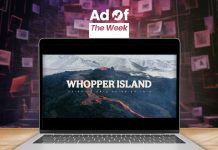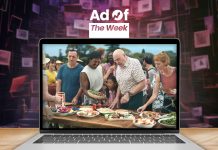For an SEO campaign to be successful, it is crucial to have SEO optimized landing pages. An SEO optimized landing page is statistically more likely to increase website traffic and conversion rates than “ordinary” websites. If you are looking to provide a great user experience to your visitor, you need to create a good website landing page.
Optimizing a landing page for SEO does take a lot of effort but can reap a mountain of benefits when done right. Here are a few points you need to consider to make your website’s landing page SEO-friendly.
Proper URL Structure: –
URLs are the building blocks of your website and can make or break your traffic. Getting your URL structure right for customers and search engines like Google is essential. URL structure should be as simple as possible. Properly written URLs receive higher click rates in search engines as searchers are looking for the most relevant results.
For example, if you’re searching for a digital marketing agency in Mumbai, a URL like https://www.chimpandzinc.com/services/digital-marketing looks more appealing than a URL with dynamic parameters.
Optimized Meta tags: –
Meta tags (page title and description) tell the search engine what the page is about. Once you’ve determined your target keywords, you can strategically place them in your page’s Meta Title and Meta Description tags. Meta tags should be unique and keyword rich for all pages within the site. Recommended limit of a meta title is up to 60 characters and meta description in up to 150 characters.
Optimized headings (H1-H6):-
Heading tags are a part of the body content. They help in structuring the page’s content. Heading tags are one of the major ranking factors for websites as they tell the search engines what your content is really about.
Optimized Content: –
Content is the king of SEO. Optimizing website content along with other strategies of SEO is crucial to rank a website in search engines. Website content developed around the important keywords of your website is responsible for the accessibility of your pages for that particular keyword. For better SEO traction, it is imperative to have textual content on major landing pages and blogs.
Using Videos & Images:-
Images and videos on a landing page can help to rank better in search engines because visitors tend to stay for a longer time on such pages which helps in reducing the bounce rate of the website. Optimize images and videos on your website to drive more traffic and to increase conversions.
Internal Linking: –
Internal links within your webpages help to boost your page rank within the search engines. It is important for both your SEO and for creating a good user experience on your site. It helps your website’s visitors to easily navigate through your site in locating relevant information about your product or service.
Responsive Design: –
A responsive website makes it easier for visitors to read and navigate. A responsively designed website can be easily viewed in devices of various screen sizes, be it a computer, a smartphone or a tablet. It increases the chances of website conversions as compared to non-responsive websites.
Page speed: –
Page loading time is one of the major SEO ranking factors. Faster-loading sites are favored in search results by the search engines. It is recommended to have a loading time of less than 5 seconds on desktop and less than 3 seconds on mobile devices. You can use a Page Speed Tool to check your website’s load time and make corrections to improve website speed on different platforms.















